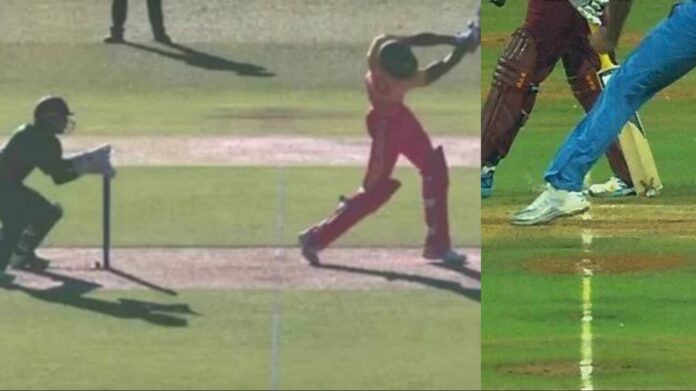Cricket is one of the most popular games on earth. However, some of the rules of the game are tough to understand even for the fans who watch the sport regularly. The general way of playing cricket is that a bowler bowls a delivery from his end to the batter at the striker’s end. The batter plays the stroke, and the game continues.
But there is a rule of extras in cricket to ensure that the bowler does not gain an extra advantage against the batters. There is a crease at the bowler’s end. If the bowler’s foot lands beyond that crease, it is immediately called a no-ball, means that delivery will not be counted. On top of that, the batting team will get an extra run as well as a free hit on the next ball.
Most of the fans think that a no-ball can be bowled only by overstepping, but here are three other ways through which the umpire can call a delivery a no-ball in cricket.
1. Waist high full-toss is a no-ball in cricket
Fans would have noticed during the India vs. Pakistan match that spin bowler Mohammad Nawaz bowled a waist-high full-toss to Virat Kohli in the final over. It was called a no-ball, and India got a free hit.
2. If wicket-keeper collects the ball before it passes the batter’s stumps in cricket
In the recently-concluded match between Zimbabwe and Bangladesh in ICC T20 World Cup 2022, wicket-keeper Nurul Hasan collected the ball before it passed the stumps of Blessing Muzarabani. Hence, even though Blessing was stumped out, it was called a no-ball. The players had to come back to the field for the final delivery.
3. If more fielders are standing outside the 30-yard circle
There is a limit on the number of fielders outside the 30-yard circle in cricket. Depending on the phase of the innings, the limit changes. If there are more fielders than the limit provided, then the ball is called a no-ball.




